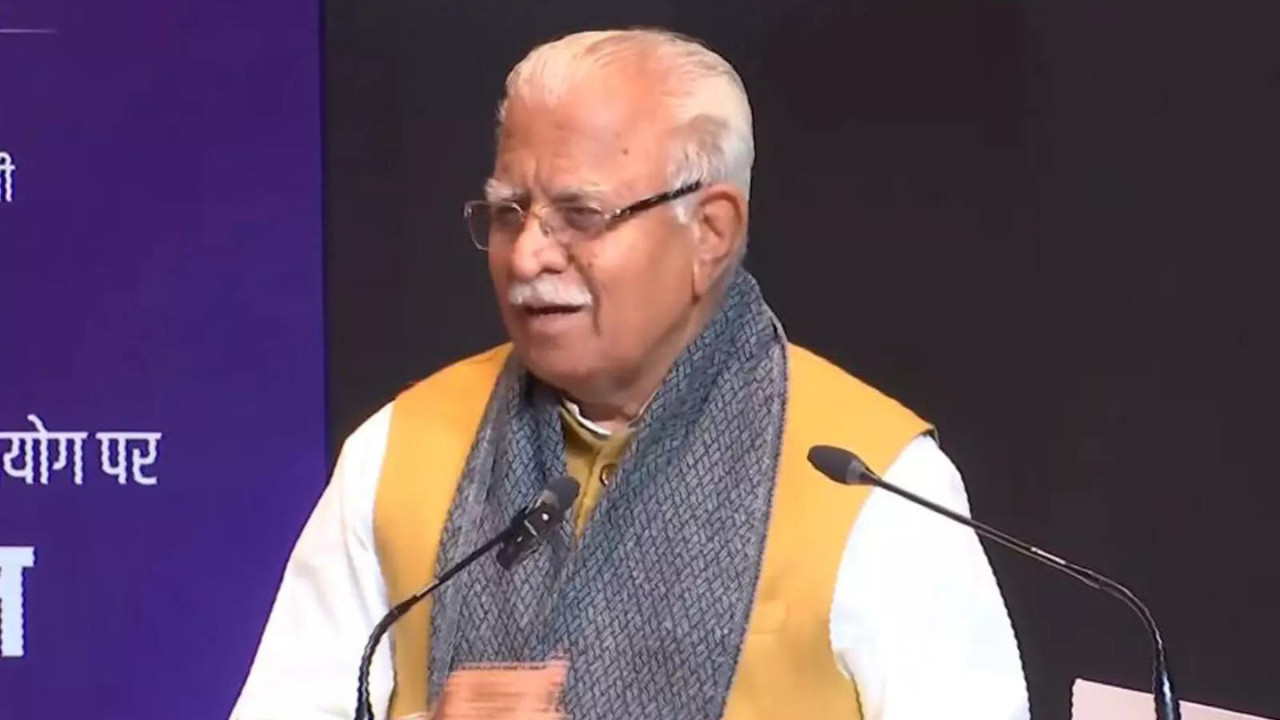SEBI has banned Jane Street Group from Indian markets. The firm allegedly inflated prices before selling aggressively, profiting from options while retail investors were misled. SEBI is now seizing Rs 4,840 crore in unlawful gains, highlighting concerns about algorithmic trading’s impact on the Indian derivatives market.
Jane Street’s Hefty Haul: Unpacking a Day of High-Frequency Trading in India
The Indian stock market, a vibrant and often volatile landscape, recently witnessed a trading day that left many observers stunned. What unfolded wasn’t just a routine fluctuation; it was a masterclass in high-frequency trading, orchestrated by none other than Jane Street Capital. The result? A cool ₹735 crore (approximately $88 million) profit, pocketed in a single day.
But how did they do it?
Recent disclosures from the Securities and Exchange Board of India (SEBI) have shed light on the strategies employed, revealing a sophisticated, calculated approach to exploiting minute price discrepancies in the market. This wasn’t insider trading or outright fraud. Instead, it was a demonstration of algorithmic prowess and lightning-fast execution.
The Nuts and Bolts: Decoding Jane Street’s Strategy
Jane Street’s core strategy revolved around exploiting price differences between the cash and futures markets for Nifty 50 stocks. Think of it like this: imagine you see apples selling for ₹10 each at one stall and ₹10.10 at another just a few steps away. A normal person wouldn’t bother to run between the two stalls for a profit of 10 paisa, but Jane Street’s algorithms can do that in a fraction of a second, thousands of times over.
Their algorithms identified these tiny discrepancies and then, at blazing speed, bought the undervalued asset and simultaneously sold the overvalued one. This is a classic arbitrage strategy, but executed at a scale and speed that leaves human traders in the dust.

This required significant technological infrastructure, including co-location servers strategically placed near the stock exchange to minimize latency. Every millisecond counts in high-frequency trading, and Jane Street invested heavily to gain that crucial edge. Furthermore, their sophisticated models were able to predict short-term price movements with a high degree of accuracy, allowing them to optimize their trading positions.
Spotting the Pattern: Identifying the Manipulation
SEBI’s investigation revealed that Jane Street was placing large orders, often close to the market’s closing time, to intentionally influence the closing prices of certain stocks. These orders were designed to create artificial price distortions, which they then exploited through their arbitrage strategies.
Essentially, they were creating the very opportunities they were profiting from. While not technically illegal in the traditional sense, this practice raises serious questions about market integrity and fairness. It highlights the potential for sophisticated players with advanced technology to manipulate the market to their advantage, potentially disadvantaging smaller investors.
The Regulatory Response: Are Current Rules Enough?
The revelation of Jane Street’s trading activities has sparked debate about the effectiveness of current regulatory frameworks in addressing high-frequency trading. While SEBI has taken action to address specific instances of market manipulation, the larger issue of ensuring fair competition in an increasingly automated market remains a challenge.
One key area of focus is the need for greater transparency in high-frequency trading activities. Regulators are exploring ways to track and analyze the impact of these trades on market stability and fairness. Another crucial aspect is the development of sophisticated surveillance tools to detect and prevent market manipulation.
Consider also the question of fairness. While arbitrage itself is a legitimate trading strategy, the ability to artificially influence prices and then profit from that manipulation is a gray area that requires careful consideration.
The Bigger Picture: Implications for the Indian Market
Jane Street’s ₹735 crore windfall serves as a stark reminder of the increasing dominance of algorithmic trading in modern financial markets. It also underscores the importance of robust regulatory oversight to ensure that these technologies are used responsibly and ethically. This event also serves as a learning opportunity for retail investors to understand the complex market dynamics at play, and to approach investing with informed caution. For those looking to understand more about financial regulations, read our article on [recent changes in SEBI guidelines](/sebi-guidelines-update).
Ultimately, the story of Jane Street’s hefty profit in India is not just about one firm’s success. It’s about the future of trading, the evolving role of technology, and the ongoing effort to maintain a level playing field in the financial markets.
Conclusion: Navigating the Algorithmic Age of Trading
The case of Jane Street’s profitable day underscores the complex realities of modern stock markets. While high-frequency trading presents opportunities for efficiency and liquidity, it also raises concerns about market manipulation and fairness. Moving forward, it’s imperative for regulators to adapt and innovate to ensure that the benefits of technological advancements are shared by all participants, not just a select few with sophisticated algorithms and deep pockets.







